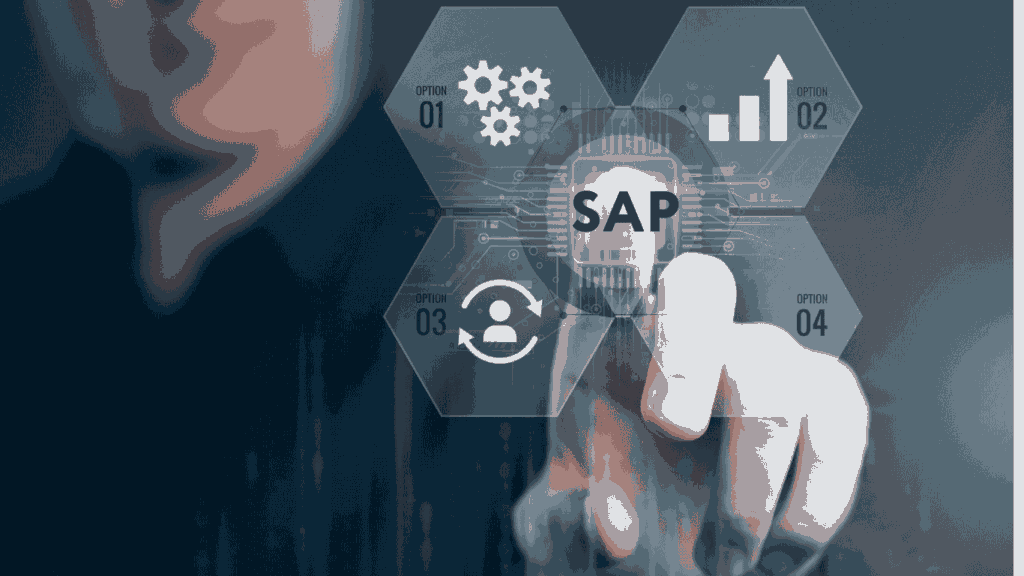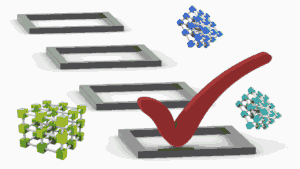Executive Summary
The shift to SAP S/4HANA is no longer a matter of technological evolution but a strategic imperative. As SAP ECC maintenance sunsets and enterprises prepare for SAP S/4HANA 2023 and upcoming 2025 releases, migration has become a strategic priority. Yet too often, programs focus on infrastructure and conversion paths while overlooking business process readiness, data quality, and adoption challenges.
Successful migrations to S/4HANA Private Cloud (RISE with SAP) or On-Premise editions demand a balanced focus on mainstream success factors and the underrated essentials that make transformation sustainable.

Key Insights
- ERP modernization is business-led, not IT-driven — aligning migration with CFO/COO priorities ensures ROI.
- Data governance is mission-critical — without clean master data, embedded analytics and AI remain underutilized.
- Cloud extensibility is the new customization — SAP BTP enables upgrade-safe innovation that ECC-era ABAP mods cannot.
- Fiori UX adoption must be paced — launching with fewer role-critical apps accelerates adoption without fatigue.
- Post-go-live optimization is non-negotiable — Treat Day 1 as the beginning of continuous improvement.
The Migration Imperative
With mainstream support for SAP ECC ending in 2027, enterprises face a ticking clock. While the decision between RISE with SAP (Private Cloud Edition) and On-Premise deployment is crucial, the greater determinant of success lies in preparation, simplification, and execution discipline.
“Lift and shift” alone rarely delivers value. Organizations that fail to redesign processes and cleanse data risk carrying inefficiencies into the new platform.
Beyond the Obvious: Factors That Define Success
1. Strategic Alignment Beyond IT
Most migrations stall because they are positioned as technical upgrades. Embedding S/4HANA in finance, supply chain, and commercial strategy ensures it serves as a transformation driver.
2. Deployment Model: Private Cloud vs. On-Premise
Private Cloud (RISE with SAP) brings managed services, faster innovation, subscription pricing. On-Premise retains control for regulated industries. Companies need to plan for Vendor Lock-In and Indirect Access which are often overlooked factors. Enterprises should model long-term TCO and exit strategies before committing.
3. Data Readiness & Master Data Governance
Clean migration requires more than ETL scripts. Inconsistent master data directly undermines real-time analytics, AI, and embedded reporting in S/4HANA. Companies can run data quality audits 12–18 months prior to planning migration. Invest in MDG frameworks to avoid migrating “dirty data.”
4. Process Simplification, Not Replication
Greenfield vs. Brownfield dominates discussions, but the critical step is simplification. Companies can plan for retiring the redundant Z-custom code, and focus on adopting SAP Best Practices for upgrade resilience.
5. Extending Safely with SAP BTP
In-App extensibility in available for limited use-cases. Side-by-side extensibility via SAP Business Technology Platform (BTP) is the preferred model. Avoid direct modifications that block upgrades, innovate on edges with SAP BTP to remain upgrade-safe.
Business can find the S/4 extensions offered by SAP partners which are powered by SAP BTP in many cases to replace 3rd party SAP ERP add-ons.
6. Integration & API Governance
S/4HANA is increasingly API-first. Unmanaged API sprawl causes security gaps and higher costs. Implement API lifecycle management early, and standardize on SAP CPI or API gateways.
Plan to replace existing RPA automations with SAP Business Process Automation (BPA) to avoid indirect access feess.
7. Fiori UX Adoption
Modern ERP succeeds when end-users learn the new features, and embrace it. If your enterprise deems comprehensive change management and retraining seems risky, prioritize role-critical apps at go-live. Then, expand Fiori adoption in waves. Don’t forget to measure the process KPIs.
8. Localization & Compliance
Businesses often swing the pendulum too far to standardize all processes which is very risky considering the local regulations and business practices, and B2G compliance requirements. E-invoicing, indirect taxes, asset ledgers, SAFT reporting, payment methods, etc. are just few examples localizations.
Since continuous compliance is critical, factor in the localization updates as part of your operating model. Research capabilities of SAP Document and Reporting Compliance (DRC), and ensure RISE contracts include proactive localization support.
9. Testing & Quality Engineering
Manual testing is slow and costly. Building in-house capabilities using open source frameworks such as Python Selenium takes time, and you still need to invest to developing test scripts. More efficient approach is embracing the automation tools such as Tricentis TOSCA, Worksoft Certify, and SAP CBTA. Also, automate regression testing and performance testing to accelerate release cycles.
10. Post-Go-Live Optimization
Hypercare is not enough. Establish a Center of Excellence (CoE) to:
- Drive continuous process improvement.
- Measure user adoption and analytics utilization.
- Plan iterative innovation cycles.
Conclusion
Migrating to SAP S/4HANA 2023 or 2025 is not merely about staying supported. It is an opportunity to simplify, modernize, and prepare the enterprise for AI-driven decision making. Companies that succeed treat migration as a transformation journey, not a technical milestone.


